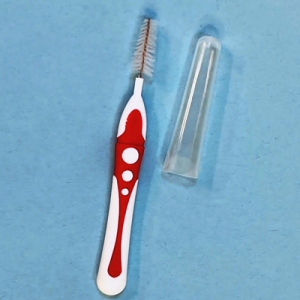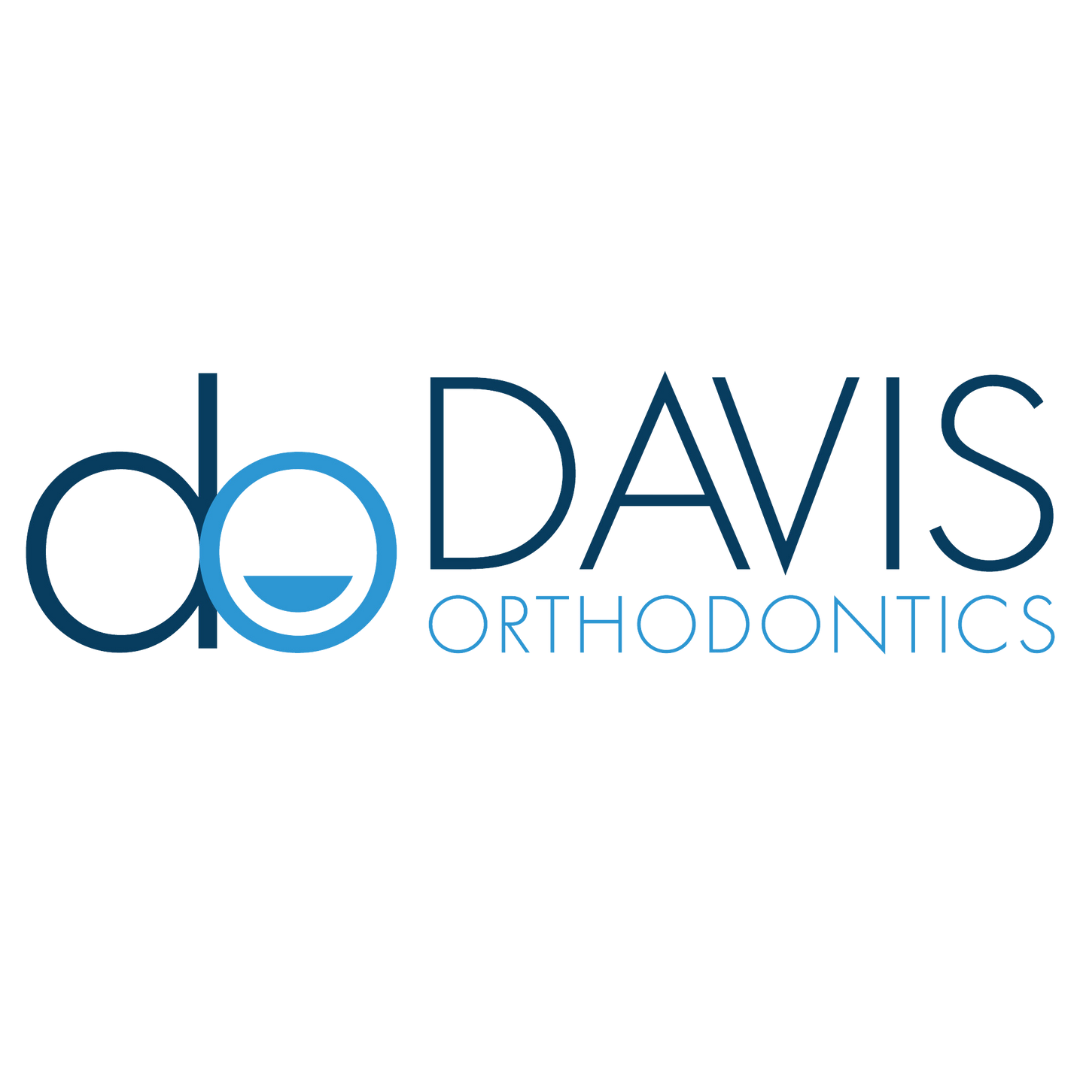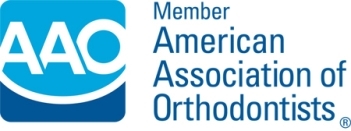7 Frequently Asked Questions About Braces (And Answers!)
If you have teeth that are crooked or misaligned, you may need braces from an orthodontist in Columbia and Irmo, SC. Your orthodontist can determine whether braces are the right option for you. If your orthodontist recommends braces, you probably have questions about how braces work and how they’re maintained. We have answers. Below are seven frequently asked questions about braces.
1. What are braces?
Braces are a tool that orthodontists use to straighten and realign teeth. Braces consist of brackets that are attached to the tooth enamel and wires that connect the brackets. The dentist will attach rubber bands to the braces to apply additional pressure on the teeth.
2. How long do I have to wear braces?
Patients typically wear braces for one to three years. Every patient is different. Your dentist will tell you how long your braces should stay on.
3. Do braces hurt?
Braces don’t hurt when they’re being installed, but once they’re in place, you may feel some discomfort while your body adjusts to them. You’ll go to the orthodontist for adjustments throughout your time wearing braces. Each time you go to the orthodontist for an adjustment, you may experience discomfort for a while as your mouth adjusts.
4. How are braces maintained?
Brush your braces every time you eat. Keep your appointments with the orthodontist. Follow the orthodontist’s instructions for flossing your teeth. Avoid eating crunchy or sticky foods that could damage your braces.
5. Are there any alternatives to braces?
Your orthodontist may recommend braces or clear aligners. Clear aligners do the same work that braces do, but not everyone is a good candidate for clear aligners. Your orthodontist will talk to you about whether clear aligners is the right option for you.
6. Can adults get braces?
Yes, adults can get braces. If you have crooked teeth, crowded teeth, or a misaligned jaw, your orthodontist may recommend braces – even in your adult years.
7. What’s the best age to get braces?
Many orthodontists believe that the best age to get braces is during the pre-adolescent years, ages 10 to 14.
Do you need braces in Columbia and Irmo SC? The orthodontist can help. Call today to make an appointment.



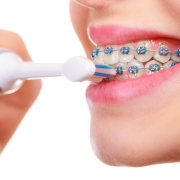

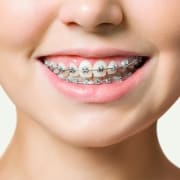
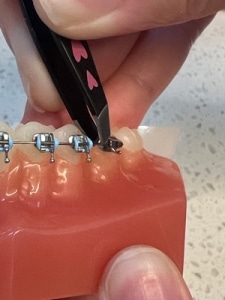
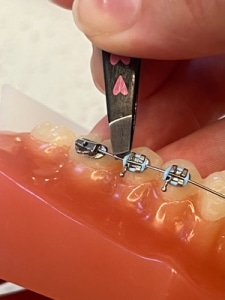
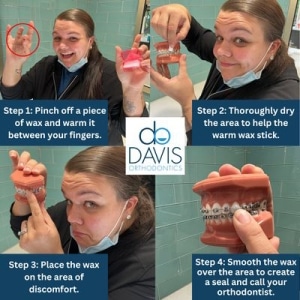
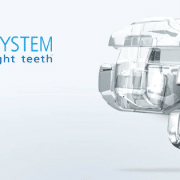
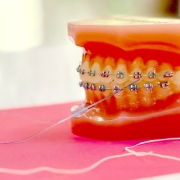
 A floss threader resembles a large, flexible plastic needle. Using this method, you feed a strand of floss through the loop of the floss threader and then thread the pointed end of the floss threader through the wire at the gum line to floss as normal. You can also forgo using the floss threader and thread your floss between the wires and teeth, but why make it harder? Water picks are also a very popular flossing tool to use as well. Even though flossing is a little more involved than before braces, it still needs to be done to remove food that often gets stuck in between your teeth and around braces. If food and liquids other than water sit on the surface of the teeth continuously, it can cause staining or even cavities.
A floss threader resembles a large, flexible plastic needle. Using this method, you feed a strand of floss through the loop of the floss threader and then thread the pointed end of the floss threader through the wire at the gum line to floss as normal. You can also forgo using the floss threader and thread your floss between the wires and teeth, but why make it harder? Water picks are also a very popular flossing tool to use as well. Even though flossing is a little more involved than before braces, it still needs to be done to remove food that often gets stuck in between your teeth and around braces. If food and liquids other than water sit on the surface of the teeth continuously, it can cause staining or even cavities.